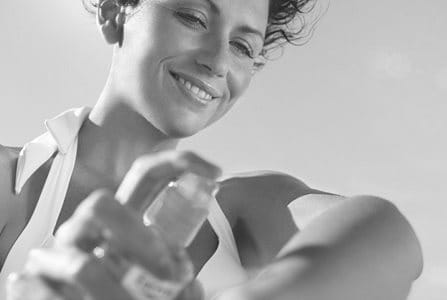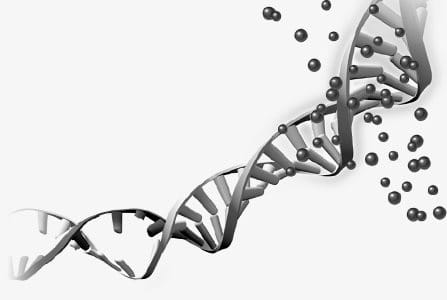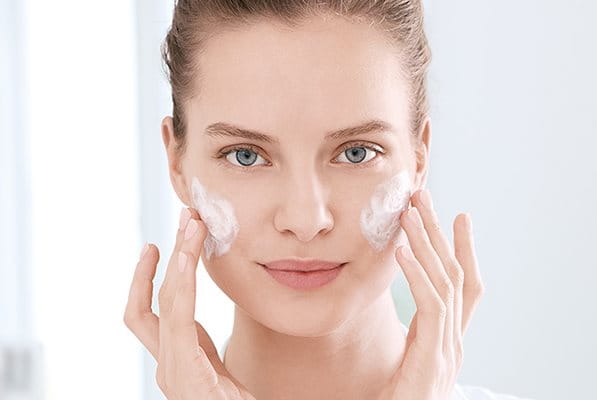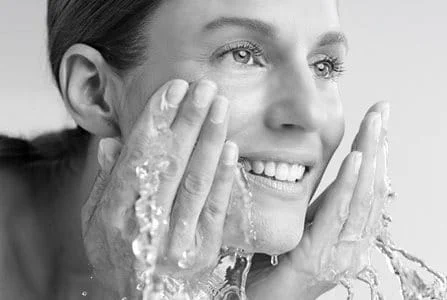We take responsibility. For your skin. And our planet.
SPF 50+
Sun Protection
Eucerin Sun Gel-Cream Dry Touch Sensitive Protect SPF 50+
Skin concerns
Sun protection
Key Benefits
- Very high sun protection for the body
- Advanced Spectral Technology: UVA/UVB protection and HEVIS light defense
- For all skin types including sensitive, oily and acne-prone skin
Key Ingredients
Licochalcone A, Glycyrrhetinic Acid, UVA/UVB Filter
Learn MoreSize
SPF 50+, 200 ml
Sustainability & Environment
Free of Microplastics (according to UNEP definition)
UV Filter system without Octocrylene
About
As pleasant to use as it is effective, this ultra-light gel cream sunscreen absorbs quickly leaving 0% residue and an immediate dry touch finish. It offers superior protection for all skin types. Eucerin’s Advanced Spectral Technology offers high UVA/UVB protection and HEVIS light defense. The sunscreen also supports skin’s own DNA repair mechanism and its Oil Control technology, with mattifying pigments, leaves an immediate dry touch finish on skin.
NART: 83555-09900-01Read more about our product
Dry touch gel-cream: a non-sticky, non-greasy sunscreen for the body
UV light is the main cause of sun-induced skin damage, but high-energy visible (HEVIS) light can also trigger free radicals that cause further stress to skin.
Eucerin Sun Gel-Cream Dry Touch Sensitive Protect SPF 50+ is an ultra-light, non- greasy sunscreen for the body. It’s clinically and dermatologically proven to be suitable for all skin types including sensitive, oily and acne-prone skin.
The gel-cream sunscreen offers very high UV protection: the UVA and UVB filters meet the high standards defined by Cosmetics Europe and the levels of UVA protection are higher than the EU minimum recommendation. Eucerin’s Advanced Spectral Technology combines these broadband and photostable UVA/UVB filters with Licochalcone A to neutralize free radicals caused by UV and HEVIS light. The formula also contains Glycyrrhetinic Acid, which supports skin’s own DNA repair mechanism, and Oil Control technology with mattifying pigments that leave an immediate dry touch finish on skin.
Eucerin Sun Gel-Cream Dry Touch Sensitive Protect SPF 50+ absorbs quickly and does not leave any residue on skin. It’s extra water-resistant, sweat resistant and ‘anti-sand’ (sand is less likely to stick to your skin). And, like all sun protection products in the Eucerin range, it is free from octinoxate and oxybenzone – UV filters known to be harmful to coral reefs – and is compliant with the Hawaii Reef Bill.
Main findings
Study with 120 women (18-55). Results after2 weeks. 2 Beiersdorf AG, PiU, Spain, April -May 2019.
96%
Absorbs in seconds
95%
immediate dry touch finish
92%
Has an ultra-light texture
92%
Non-sticky / Is non greasy
Ingredients
We choose all our ingredients with great care and never compromise on quality. Learn more about the key ingredients of this product.
The ingredients in our brand products are updated regularly. For this reason, occasionally there may be discrepancies between the ingredients on our website and on our product packaging. We therefore recommend that you always pay attention to the information on our product packaging and check the ingredients listed there.
View all
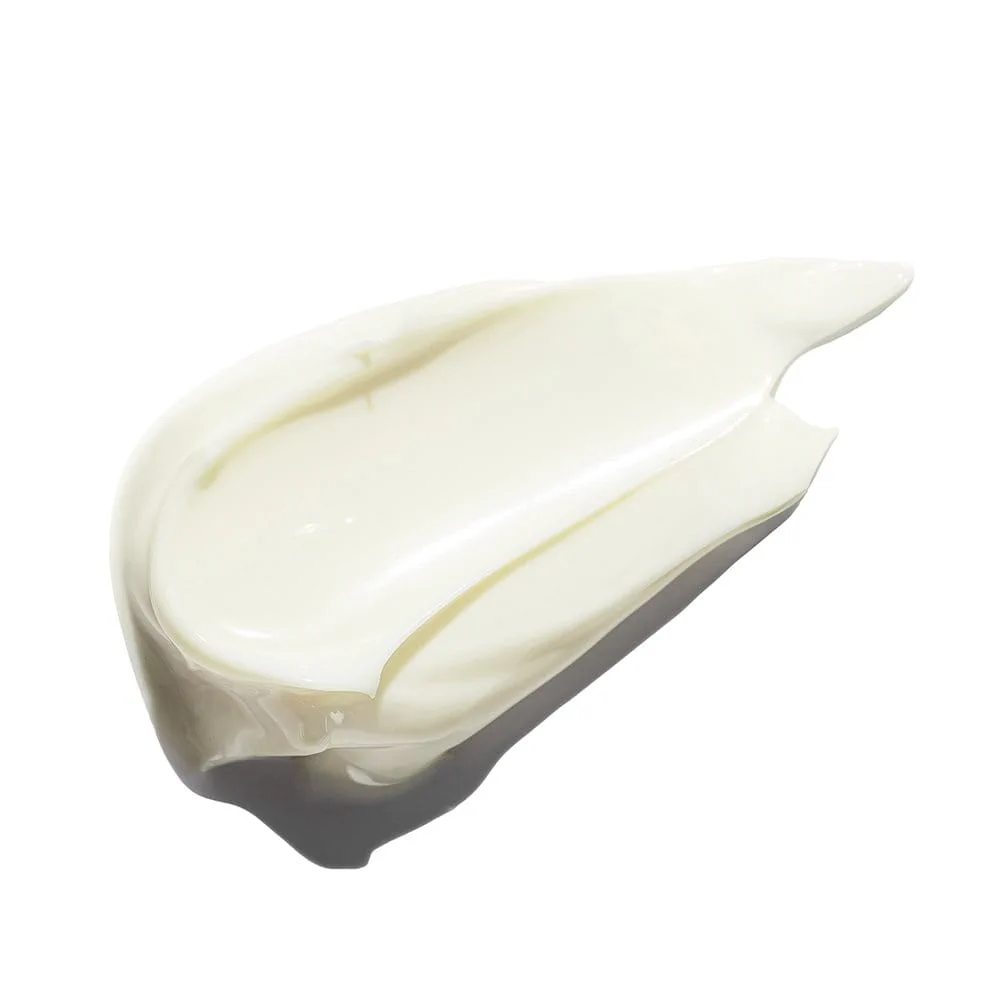
View all
- Licochalcone ALearn More
Licochalcone A is a powerful antioxidant, anti-inflammatory and skin-soothing ingredient. It is derived from the root of the Chinese Licorice plant (Glycyrrhiza Inflata) which uses natural compounds to protect its cells from excessive sunlight. When used in skincare products, Licochalcone A works to reduce inflammation and neutralises free radicals that negatively influence skin cells and accelerate the aging process. It helps to protect the deeper epidermal skin layers from sun-induced effects.
- Glycyrrhetinic AcidLearn More
Glycyrrhetinic acid (also called Enoxolon) is derived from the roots of Glycyrrhiza glabra (licorice plant) and is well-known in traditional Chinese medicine. It is a pentacyclic triterpenoid with anti-inflammatory and antimicrobial properties.
Glycyrrhetinic acid helps to preserve the level of hyaluronic acid and elastin against enzymatic degradation by hyaluronidase. Furthermore supports the skin's own repair mechanism against UV-induced DNA damage.

FAQ
How do I know which SPF to use?
Sunscreens are available in four different levels of protection: low (factor 6 to 10), medium (15 to 25), high (30 to 50) and very high (50+). The higher the protection factor the better your skin is protected, but it’s important to apply the product thoroughly (be careful not to miss any bits) and to reapply it generously every two hours.
What is the difference between UVA and UVB?
UVA rays penetrate the deeper layers of skin. They stimulate the production of free radicals in the skin which cause oxidative stress and can lead to indirect DNA damage (where the free radicals modify cellular DNA over time). UVA rays are most commonly associated with photoaging (premature skin aging caused by the sun). They can also trigger sun allergies such as Polymorphous Light Eruption (PLE). UVB rays can also provoke allergies, but to a lesser degree).
UVB rays provide the energy your skin needs to make Vitamin D and stimulate the production of melanin which is responsible for tanning. They don’t travel as deeply as UVA rays, penetrating only the outermost layers of skin, but they cause more immediate damage such as sunburn. UVB rays are directly absorbed by cellular DNA which can lead to skin diseases such as actinic keratosis and skin cancer.
Both types of UV can induce hyperpigmentation and may contribute to conditions such as sun spots (also known as age spots) and melasma.
What is high-energy visible light and why does my skin need to be protected from it?
The sunlight spectrum consists of UV, visible and infrared light. Visible sunlight can be detected by the human eye, while the others remain invisible. Part of this visible spectrum has a high energy level and is known as high-energy visible light. It is also referred to as HEVIS light, HEV Light, HEVL and sometimes ‘blue light’ or ‘blue violet light’
Like UVA rays, HEVIS light penetrates the deeper layers of skin (the dermis) and can generate free radicals. These free radicals are one of the main causes of photoaging (premature skin aging caused by the sun). They interfere with skin cells and break down the collagen and elastin that gives our skin its plump, youthful appearance. HEVIS light has also been linked to uneven skin pigmentation and melasma.
Many modern sunscreens offer effective protection against UVA and UVB rays, but we recommend that you look out for products that also defend against the negative effects of HEVIS light. These products will give your skin reliable protection from photoaging and, in the long run, can also help to combat visible signs of skin aging.
What is the difference between a ‘water-resistant’, an ‘extra water-resistant’ and a ‘sweat-resistant’ sunscreen?
The terms are defined by Cosmetics Europe and our products follow their guidelines. To be defined as water-resistant a product needs to retain half of its SPF after 2 x 20-minute sessions in the water. To qualify as extra water-resistant a product must retain half of its SPF after 4 x 20-minute sessions in the water.
To qualify as sweat-resistant a product needs to retain at least half its SPF under test conditions These involve measuring the SPF both before and after subjects are exposed to high temperature and humidity in a sauna to induce sweating. The sweat induction is stopped once drops of sweat are clearly visible on their backs and the after measure is taken once skin is completely dry.
What does anti-sand mean?
Anti-sand means that sand is less likely to stick to your skin when using this product. In consumer research, 95% of respondents agreed that sand did not stick to their skin after application1. This is because Eucerin Sun Body Oil Control Gel-Cream SPF 50+ is an ultra-light formula which absorbs quickly and is non-sticky and non-greasy.
1 Beiersdorf AG, PiU, Spain, April-May 2019. Research was amongst 120 women aged 18 to 55 and all regular users of sun protection body products. Results were reported after two weeks of regular use.
Read related articles









